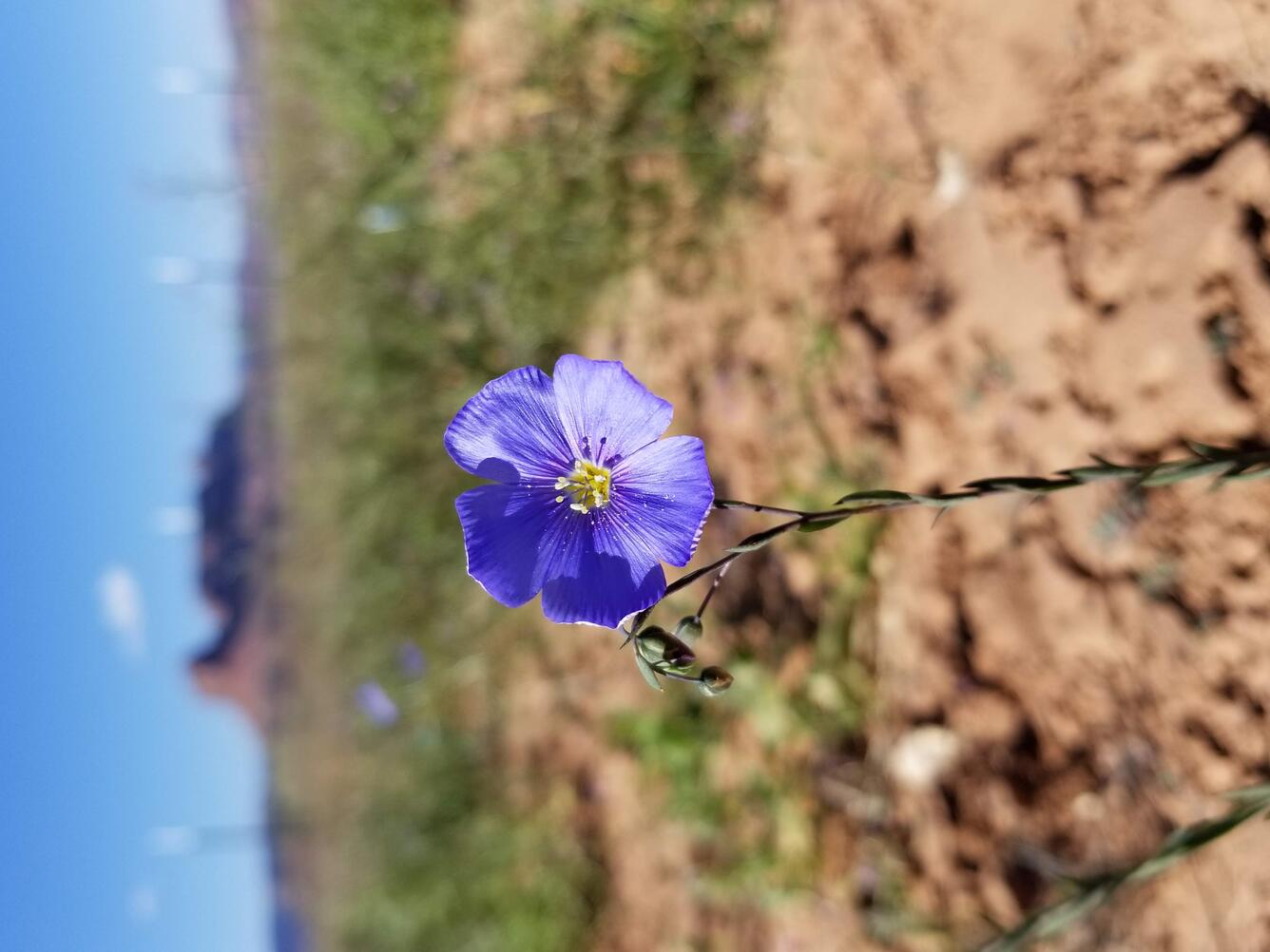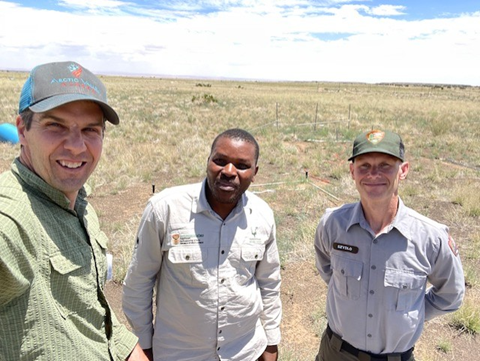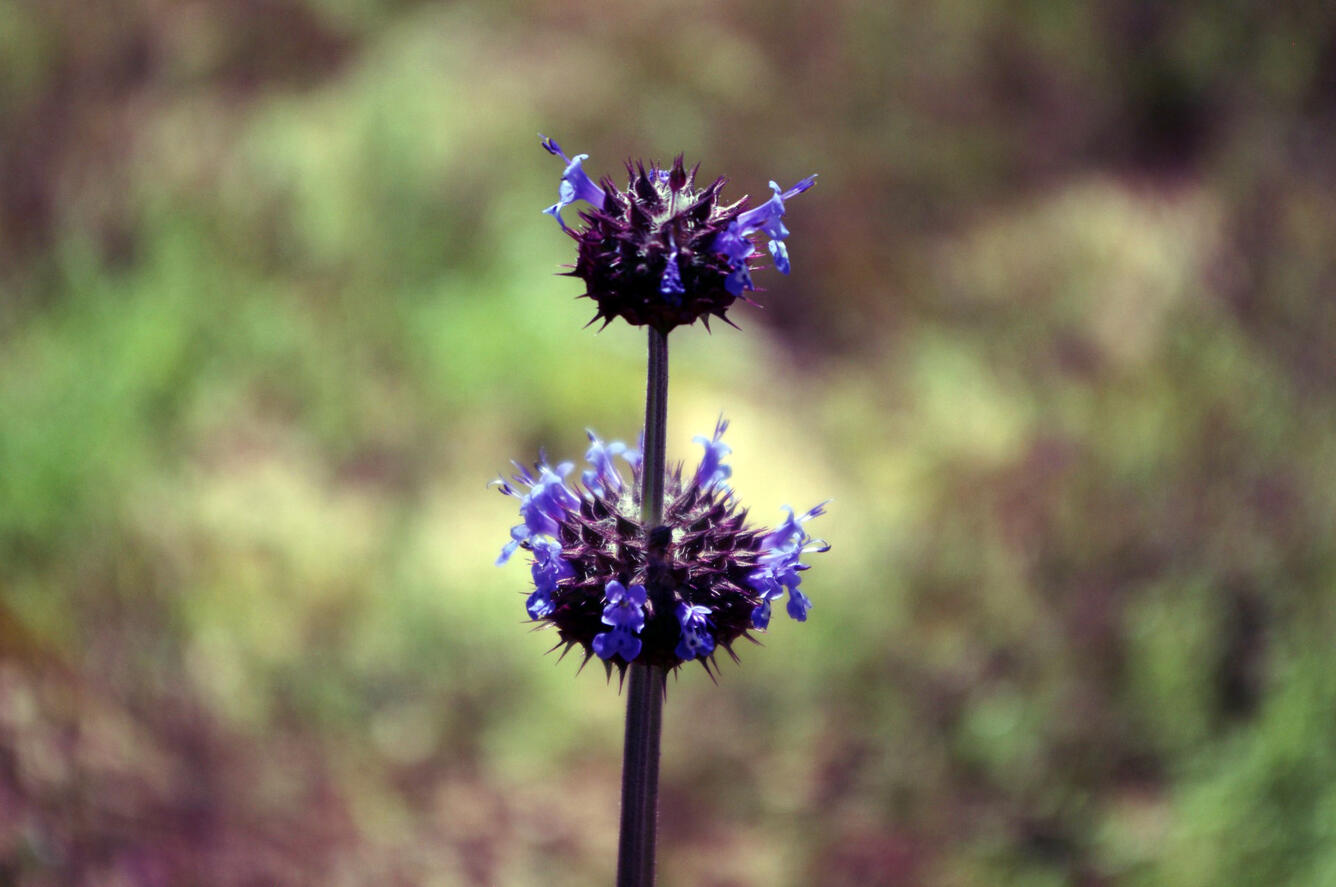A global study reveals a surprise: The driest places have the highest diversity of plant traits
Common ecological knowledge holds that areas with more rain, like rainforests, house higher plant diversity than drylands. However, a new global study on plant trait diversity turns this prevailing principle on its head.
What is plant trait diversity?
Trait diversity is the variation in the physical, chemical, and physiological attributes that you can measure on an organism that can influence performance in its natural environment. For a plant, traits might be photosynthetic rates, or the size or shape of the plant, or its chemical makeup, which can all be related to plant functioning (from Gross, 2024).
What are drylands?
Drylands are defined as tropical and temperate zones with an aridity value below 0.65. They cover 45% of the Earth’s terrestrial area and are home to a third of the global human population. They include sub-humid, semi-arid, arid and hyper-arid ecosystems such as the Mediterranean landscape, steppes, savannahs and deserts.
Up until now, plant traits have primarily been inventoried in agricultural or forested lands, areas that have plenty of rainfall.
Only 10% of plants in drylands had been identified and catalogued in the database of global plant traits developed over the last 20 years, even though drylands cover about 45% of terrestrial land mass, are present at all latitudes and continents, and are projected to expand from aridification.
To better understand how dryland ecosystems function, especially in face land-use intensification, a collaborative and impressive network of over 120 scientists from 25 countries joined forces.
They conducted a global survey that included 300 different dryland plant species on 6 continents, using a standardized protocol. They measured over 130,000 individual plant trait measurements from plant species worldwide.
They expected to find lower plant trait diversity with higher aridity — and only plants with traits that allowed them to tolerate extreme water scarcity and heat stress.
But nature delivered a plot twist.
It turns out that at a certain threshold — less than 15.75 inches (40 cm) of rainfall per year — there was an abrupt global increase in trait diversity.
And, in the driest of places, trait diversity was twice that of more mesic (wet) areas. The researchers discovered that contrary to the idea that deserts are not diverse, the drier the environment, the higher the trait diversity.
In fact, where an area is arid enough such that plant cover and soil fertility “collapses,” and there are bare patches of ground between plants as in many deserts, trait diversity climbs.
Trait diversity in arid zones may actually be boosted by a plant’s isolation.
Arid climates support less competition between plants, and this can produce trait uniqueness. A harsh environment requires adaptation strategies that enable a plant to survive and can promote high trait diversity.
Extreme environments, as we know, have plants with exceptional forms and functions (consider succulents like cacti and euphorbias, baobabs, and plants that sprout and flower just once in their lifetime in the driest deserts on the planet). These exceptional plant communities harbor the highest degree of trait diversity.
It is the ‘functional paradox’ of drylands.
The study found that as with areas that have high aridity, areas that have high grazing pressure can also support high trait diversity. This suggests that plant avoidance and tolerance strategies to cope with water shortages and herbivory (being grazed) can also increase trait diversity.
The surprising results of this study indicate that plants use ‘alternative strategies’ to cope with the increases in environmental stress from extended drought and land-use intensification.
Drylands may be dry, but they are also a reservoir of global adaptation and diversity.
Read the paper:
Gross, N., Maestre, F.T., and others, 2024, Unforeseen plant phenotypic diversity in a dry and grazed world: Nature, v. 632, no. 8026, p. 808-814, https://doi.org/10.1038/s41586-024-07731-3.
Where weird plants thrive: aridity spurs diversity of traits - Nature Podcast
Drylands: Unexpected plant diversity enables adaptation to extreme climates - INRAE Press Release
Arid areas have as much diversity as jungles and forests - EL PAÍS Press Release
Get Our News
These items are in the RSS feed format (Really Simple Syndication) based on categories such as topics, locations, and more. You can install and RSS reader browser extension, software, or use a third-party service to receive immediate news updates depending on the feed that you have added. If you click the feed links below, they may look strange because they are simply XML code. An RSS reader can easily read this code and push out a notification to you when something new is posted to our site.







